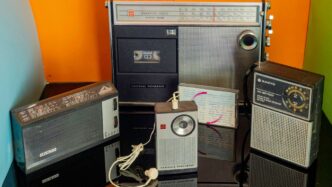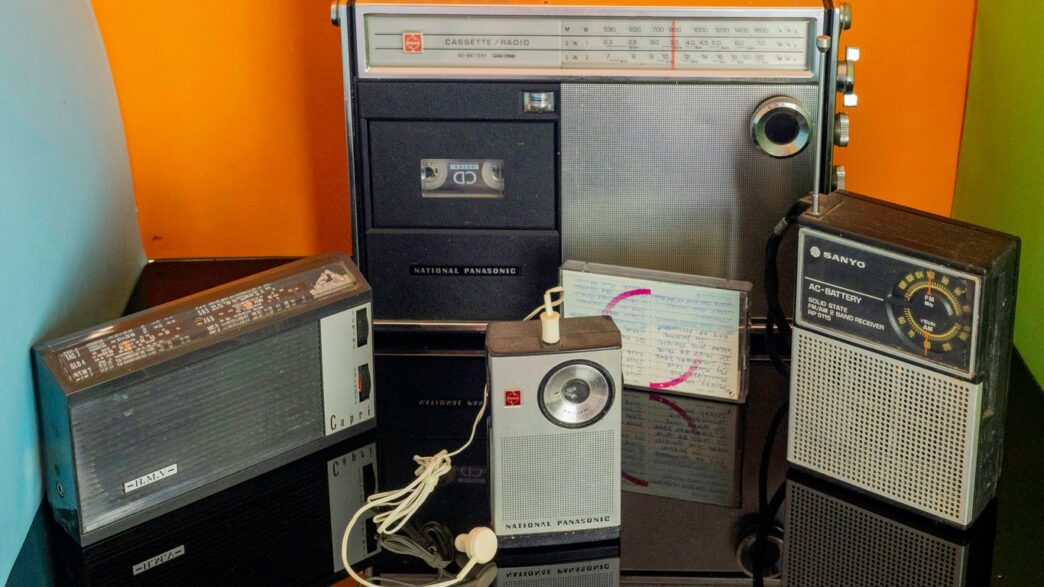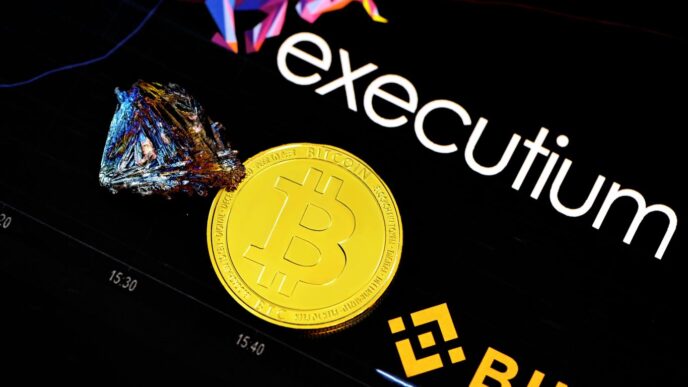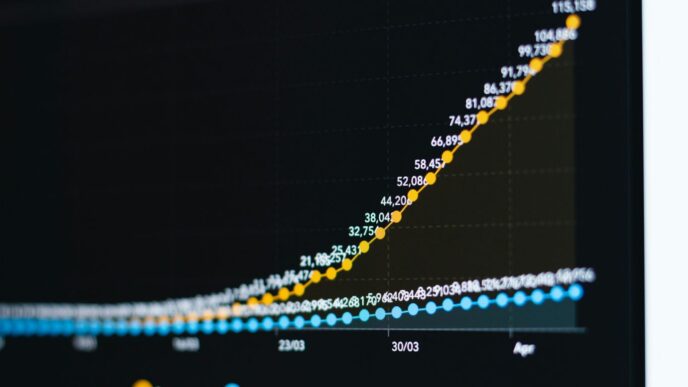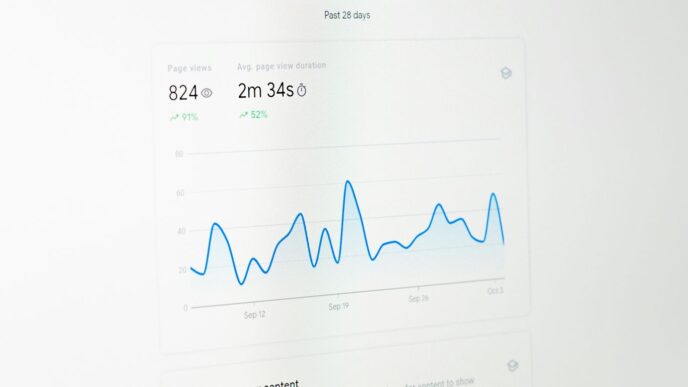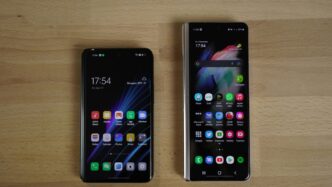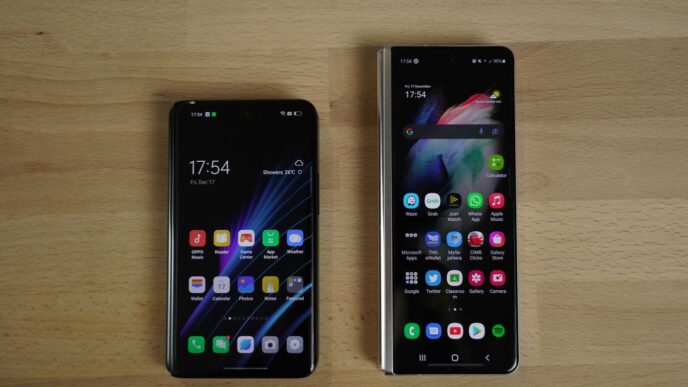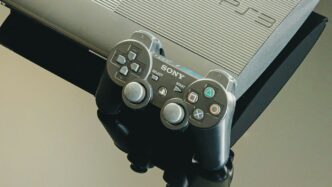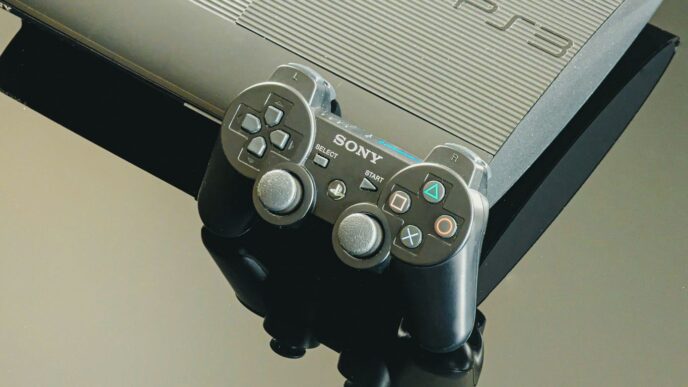It’s easy to forget how far we’ve come with technology, especially when we look back at the gadgets of the 70s. This era was a turning point, bringing innovations into homes and lives that felt totally new. From watching movies on a projector to zapping food in a microwave, the 70s were filled with devices that changed how people lived, worked, and played. Let’s take a trip down memory lane and check out some of the coolest tech from that time.
Key Takeaways
- The 1970s saw the introduction of many home entertainment gadgets, like movie projectors and the first home video game consoles such as Pong, making leisure time more interactive.
- Kitchens were revolutionized by appliances like the microwave oven, significantly speeding up cooking and food preparation.
- Personal tech saw major advancements with the rise of digital watches and futuristic LED desk clocks, changing how people kept track of time.
- Music lovers enjoyed portable sound with cassette decks and the enduring popularity of vinyl turntables, while analog synthesizers opened new sonic possibilities.
- Communication and office work were transformed by devices like rotary phones, early pagers, and electric typewriters, laying the groundwork for future digital advancements.
Revolutionary Home Entertainment Gadgets Of The 70s
The Magic Of Home Movie Projectors
Before streaming services and endless YouTube rabbit holes, families had a different way of reliving their special moments: the home movie projector. These bulky machines, often requiring a darkened room and a bit of fiddling to get just right, transformed living rooms into personal cinemas. Imagine gathering around, the whirring sound of the projector filling the air, as grainy footage of birthdays, holidays, and everyday life flickered onto a screen. It was a truly magical experience, turning memories into a shared visual event. While setting them up could be a hassle, the payoff of seeing your own life play out on a big screen was something else entirely.
Bringing Arcades Home With Pong
Who remembers the sheer joy of Pong? This simple yet incredibly addictive video game brought the arcade experience right into our homes. With its basic graphics of two paddles and a bouncing ball, Pong was the first home video game console and a massive hit. It wasn’t just a game; it was a social event. Friends and family would gather around, competing for high scores, and it proved that video games were more than just a passing fad. Pong really paved the way for all the video game consoles we know and love today.
Capturing Memories With Polaroid Cameras
Polaroid cameras were a sensation in the 70s, offering instant gratification for photo-taking. You’d snap a picture, and then, like magic, watch the image slowly develop right before your eyes. This immediate feedback loop made photography so much more interactive and fun. Whether it was at a party, a family reunion, or just a casual get-together, Polaroids captured those moments in a tangible way. It was a unique, hands-on experience that digital cameras just can’t replicate. The ability to share a physical photo moments after taking it was a real game-changer.
Kitchen Innovations: Gadgets Of The 70s That Changed Cooking
The 1970s really brought some game-changers into kitchens, making cooking and meal prep way less of a chore. Before this decade, whipping up a meal often meant spending hours in the kitchen, and reheating leftovers was a whole production. But then, a couple of key appliances started showing up, and suddenly, things got a lot faster and, dare I say, more futuristic.
The Dawn Of The Microwave Oven
Microwave ovens weren’t exactly brand new in the 70s, but this is when they really started to catch on with regular folks. Before microwaves, if you wanted to heat something up, you were looking at a conventional oven that took ages to preheat, or a stovetop that needed constant watching. The microwave oven changed all that, letting you heat or defrost food in mere minutes. Early models were pretty big and cost a pretty penny, so they were definitely a status symbol for a modern home. But the convenience? Unbeatable. Suddenly, those forgotten leftovers weren’t a problem, and frozen meals became a quick dinner option.
Streamlining Meal Prep With New Appliances
Beyond the microwave, other kitchen helpers started popping up. While not as flashy, these gadgets aimed to make everyday tasks simpler. Think about things like improved blenders and food processors that could chop, mix, and puree with less effort. These weren’t just about speed; they opened up new possibilities for recipes and made preparing ingredients much less tedious. It was all about taking some of the grunt work out of cooking so people could spend less time prepping and more time enjoying their meals or, you know, doing other things.
Here’s a quick look at how some of these innovations changed things:
- Speed: Heating food went from minutes or hours to seconds.
- Convenience: Less time spent actively cooking, more time for other activities.
- New Possibilities: Easier prep meant trying more complex or varied recipes.
- Modern Living: Owning these appliances signaled a home that was up-to-date and efficient.
Personal Tech And Timekeeping Gadgets Of The 70s
Back in the 1970s, personal technology wasn’t about endless apps or pocket-sized supercomputers. It was about making everyday tasks a little easier, a little more futuristic, and a lot more stylish. Think glowing numbers, satisfying clicks, and devices that felt like they belonged in a science fiction movie.
The Rise Of The Digital Watch
Forget winding your watch; the 70s brought us the digital revolution right to our wrists. Launched in 1972, digital watches with their bright LED displays were the ultimate cool accessory. They weren’t just about telling time; some even packed calculators or alarms, making you feel like you had a mini-computer on your arm. It was a big leap from traditional analog watches, which suddenly seemed a bit old-fashioned.
| Feature | Description |
|---|---|
| Display | Light Emitting Diode (LED) |
| Functionality | Time, Date, Alarm, Calculator (on some models) |
| Appeal | Futuristic, modern, status symbol |
LED Desk Clocks: A Futuristic Glow
These weren’t your grandma’s alarm clocks. LED desk clocks, with their distinctive red glowing numbers, were the epitome of 70s futuristic design. They looked like they were plucked straight from a spaceship control panel, adding a sleek, modern vibe to any desk or nightstand. Plus, reading the time in a dark room was suddenly a breeze.
Nixie Tube Clocks: Sci-Fi Timekeeping
Before LEDs took over, Nixie tubes were the stars of the show for displaying numbers. These glass bulbs contained shaped metal filaments that glowed with a warm, neon-orange light when powered. They gave off a distinct sci-fi vibe, and seeing the numbers change was almost hypnotic. Hooking one up today, perhaps near your record player, really amps up the retro-futuristic feel of a room.
Rotary Phones: The Art Of The Dial Spin
While not strictly a timekeeping device, the rotary phone was a staple of 70s personal communication and had its own rhythm. The act of spinning the dial, hearing that satisfying click-click-click as it returned to its place, was a tactile experience we rarely get anymore. You can even connect them to modern phone lines with adapters, turning a piece of history into a functional, conversation-starting art piece for your home.
Pagers: Minimalist Communication
Before everyone had a smartphone, pagers were the way to get a quick message. Clipped to a belt or pocket, these devices offered a simple, minimalist form of communication. They were a symbol of being connected, even if the message was just a number to call back. They represent a time when communication was less constant but perhaps more intentional.
PDAs: Precursors To Smartphones
Long before the iPhone, there were Personal Digital Assistants (PDAs). Devices like the Palm Pilot allowed people to carry their contacts, calendars, and notes in their pocket. Features like handwriting recognition were cutting-edge, making them incredibly useful for staying organized without the distractions of today’s connected world. They were the first real step towards having a portable computer.
Music And Audio Gadgets Of The 70s

The 1970s were a wild time for music, and the gadgets we used to listen to it really reflected that. Forget streaming for a second; this was an era of tangible sound, where the physical format and the device itself were part of the experience. It was all about getting your tunes out there, whether you were chilling at home or on the move.
Cassette Decks: Portable Sound Revolution
Before the Walkman became a thing, cassette decks were the way to go for portable music. These weren’t exactly small, mind you. Lugging one around was a statement, and you usually had to flip the tape yourself to get to the other side. But still, they let people take their favorite songs with them, which was pretty revolutionary. And let’s not forget the mixtape – the original personalized playlist. Making one was an art form, involving careful track selection and maybe a bit of pause-button magic.
The Analog Synth Soundscape
For those who wanted to make music, not just listen to it, the analog synthesizer was a game-changer. These machines, with all their knobs, sliders, and patch cables, were like electronic playgrounds. You could twist and turn to create totally new sounds, the kind that defined so much of the decade’s music. It was a hands-on, experimental way to explore sound that digital tools just can’t quite replicate. The raw, sometimes unpredictable, nature of analog synths gave music a unique character.
Vinyl Turntables: The Enduring King
Even with all the new portable options, the turntable remained the heart of home audio. Spinning vinyl was more than just listening to music; it was an event. Dropping the needle, watching the record spin, and enjoying the warm, rich sound was a ritual. While other formats came and went, the turntable held its ground, proving that some things are just timeless. The tactile experience of vinyl, from the album art to the physical act of playing a record, offered a connection to the music that still appeals to many today.
Communication And Computing Gadgets Of The 70s

The 1970s were a time when communication started to get a little more personal, and the seeds of the computing revolution were sown. It wasn’t all smartphones and instant messaging back then, of course. We had to wait for things, and sometimes, that was part of the charm. It’s wild to think about how far we’ve come, but these gadgets were the cutting edge of their day.
Rotary Phones: The Art Of The Dial Spin
Before touchscreens and speed dial, there was the rotary phone. You know, the one with the dial you had to spin with your finger? It took a bit of effort, and you had to wait for that satisfying click-click-click as it returned to its place. Making a phone call was a deliberate act, a small ritual. You couldn’t just tap a name; you had to know the number and have the patience to dial it correctly. These phones were built to last, often made of sturdy bakelite, and they had a certain weight and presence. Hooking one up to modern phone lines is possible with adapters, and honestly, the sound of that dial spinning is a kind of analog ASMR that’s hard to beat. They were more than just tools; they were conversation pieces.
Pagers: Minimalist Communication
Ah, the pager. For a while there, it felt like everyone who was anyone had one clipped to their belt. It was the ultimate status symbol for being
Office And Writing Gadgets Of The 70s
Electric Typewriters: Effortless Writing
Forget the clunky, heavy manual typewriters of yesteryear. The 1970s brought us the electric typewriter, a real game-changer for anyone who spent a lot of time putting words on paper. These machines made typing so much easier. With a light touch, the keys would strike, and the carriage would zip across the page. It was faster, definitely quieter than its manual ancestors, and it made producing documents feel less like a workout and more like a smooth operation. Journalists, authors, and office workers alike embraced these sleek machines. They weren’t just tools; they were symbols of a more modern, efficient way of working, paving the way for the word processors that would soon take over.
The Evolution Of Personal Computing
While not quite the home computers we know today, the 70s saw the very first steps towards personal computing. These early machines were often bulky, expensive, and required a good deal of technical know-how to even get them running. Think hobbyist kits and early business machines rather than something you’d find on every desk. They were more like sophisticated calculators or basic programming tools for enthusiasts. Still, these pioneers laid the groundwork. They showed people that a computer didn’t have to be a giant, room-filling mainframe. This was the spark that would ignite the personal computer revolution of the 1980s, changing how we work, play, and connect forever.
The Enduring Echo of 70s Tech
Looking back at the gadgets of the 1970s really shows how far we’ve come. Things like those bulky home movie projectors or the first digital watches might seem ancient now, but they were pretty amazing back then. They changed how people lived, worked, and played. It’s kind of cool to think that these devices, which felt so cutting-edge, are the ancestors of the super-smart tech we carry around today. They remind us that innovation is a constant journey, and even the simplest-seeming gadgets can leave a lasting mark.
Frequently Asked Questions
What made 70s gadgets so special?
The gadgets from the 1970s were really cool because they were new and exciting! Things like microwave ovens and digital watches felt like they were from the future. They changed how people lived at home and how they did everyday things, making life a bit easier and a lot more fun.
Were 70s gadgets hard to use?
Some of them could be a little tricky at first. For example, setting up a home movie projector needed some effort, and early microwaves were pretty big. But people learned quickly because these new gadgets made life so much better, and they were seen as awesome status symbols.
Did people really use rotary phones?
Yes, they did! Even though they took longer to dial than modern phones, there was something satisfying about spinning the dial. You can even still use them today with special adapters. They were a big part of how people communicated before cell phones took over.
What was the deal with Polaroid cameras?
Polaroid cameras were amazing because you could take a picture and see it develop right in your hands! It was like magic. This made parties and family events way more interactive, as everyone could see the photos almost instantly, unlike waiting for film to be developed.
Were cassette tapes really that popular?
Absolutely! Cassette decks and later the Walkman made music portable. People loved making mixtapes for their friends, which was like creating the first personalized playlists. It gave music lovers a new sense of freedom to listen to their favorite songs anywhere.
Why are people interested in old tech now?
People love old tech because it reminds them of simpler times and has a cool, retro feel. Unlike some modern gadgets that break easily, these older items were built to last. Plus, using them, like playing a vinyl record or typing on an electric typewriter, feels more hands-on and real.

